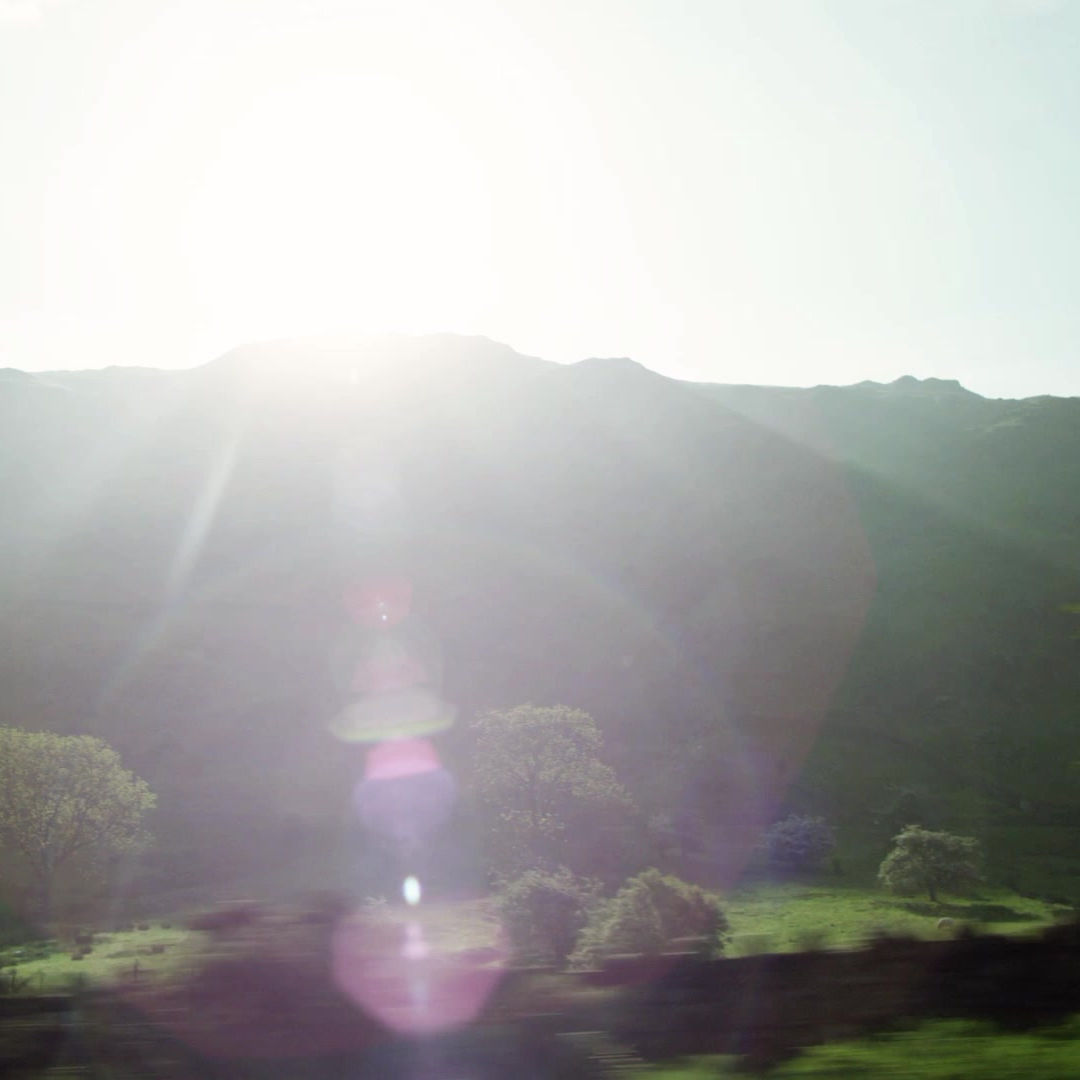Upland Game Bird Hunting in California: Band-tailed Pigeon
- Ken
- Sep 16, 2019
- 4 min read
Band-tailed Pigeon
We talked about hunting grouse and pigeon at the same time so let’s talk about identification of Band-tailed Pigeons. There are several varieties of pigeons flying around California most of them are just feral pigeons not wild Band-tailed pigeons. Band-tails are easy to identify once you see one up close or in the wild (the mountains not the city park). Band-tails are a blue/gray color and have a distinct ring around their neck. They also have a very distinct band on the end of their tails and for that reason they have earned the name Band-tailed Pigeon. They are much larger than a dove and live in the wild only occasionally roosting in a town for the night as they pass through on their migration.

Band-tails eat berries, acorns seeds and other nuts and grain. You will not find them in your city park eating bread and taking handouts. These birds are very skittish and shy and keep their distance from humans. They are very fun to hunt and taste very good. They are all dark meat just like a dove and their breasts taste wonderful wrapped in bacon with a jalapeno pepper and roasted over a grill.


They are difficult to hunt because they are hard to locate. They seem to be very particular about where they like to feed, water and roost but the good news is, once you find them in one canyon or mountainside you will find them on that same mountain year after year. Most hunters even seasoned bird hunters look at a Band-tailed Pigeon and immediately dismiss it as being a dove. They look similar but are very different. Doves are small and fly super-fast, Band-tails are about double the size of a dove, and general fly fast and high, very very high like almost out of range high especially when they are flying from canyon to canyon or over the top of a mountain.

“Look Up” if you want to see band-tails you have to look up. When I hunt band-tails I hunt mostly in the mountains between Redding and Mt Shasta and Interstate 5 and the top of the Trinity Alps. Any of the higher mountains around Shasta or Trinity Lake are great places to start. Look for a flock of them flying from tree top to tree top and then get the binos out and identify them. Most the time you can locate them from the road, drive to where they are and if they fly away just park the truck somewhere out of sight and set up along the edge of the road and watch the sky and wait for one to zoom by.

There is a very specific season season in all states for Band-tailed pigeon. Know the season and the regulations before you go! and for goodness sakes make sure you know the difference between a Band-tailed pigeon and a Feral Pigeon.
Feral Pigeon
Feral pigeon are just that feral, meaning they or their ancestors were once domesticated and living in cages, but they have since got loose, bred with each other and started a wild strain (feral) of that particular animal.
Rock Pigeon or Rock Doves do not exist in California. I know I just upset a bunch of people who think that these street pigeons that they see in every large town across America are Rock Pigeons. That is simply not true. Let me say that again, “That is simply not true”. The pigeons you see today in all these large cities are domestic pigeons that have got away from their owners and developed feral flocks, eating scraps, pooping on statues and plugging up traffic lights with their nests. Feral pigeons are often incorrectly referred to as Rock Dove, but in actuality they are simply a feral pigeon
If you don’t believe me look it up. Here is a good website for you to check out if you don’t believe me. “https://www.bto.org/sites/default/files/shared_documents/gbw/associated_files/bird-table-64-pigeon-identification.pdf”
“The true Rock Dove is the rarest of our three pigeons and is only found on sea cliffs on the west coast of Scotland, Orkney, Shetland and the west coast of Ireland. Feral Pigeons originated from wild Rock Doves and are birds that, at one time or another, escaped from pigeon houses. Call – ‘Crrooo’.”
Now with that being said, 40 years ago you never heard of these feral pigeons being referred to as Rock Doves or Rock Pigeons they referred to them as “feral pigeons”. But somewhere along the line fish and wildlife decided to give them a name and well naming them after an endangered species always helps. So now we are stuck calling them Rock Pigeons or Rock Doves. Shortly after they named them there was a push to declare them endangered but that quickly lost steam for obvious reasons.
Below are some photos of feral pigeons to compare with the wild pigeons above.
A Blue Bar and a Blue Chex, and a Red Bar and a Red Chex




Recent Posts
See AllBelow is a list of Junior and Womens Pheasants hunts conducted in part by California Fish and Widlife To find these hunts go to: Special...



